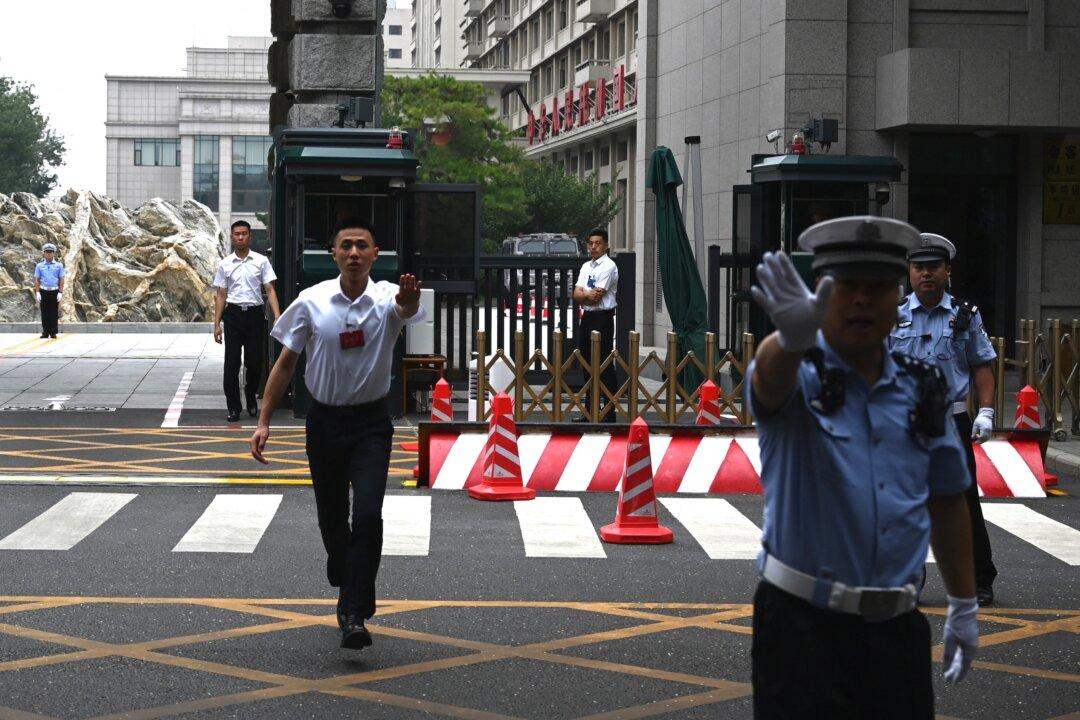Commentary
China is on a mission to transform its economy by encouraging “new productive forces,” a phrase that was reasserted during the recently completed Third Plenum of the Chinese Communist Party (CCP), a twice-a-decade policymaking meeting.

China is on a mission to transform its economy by encouraging “new productive forces,” a phrase that was reasserted during the recently completed Third Plenum of the Chinese Communist Party (CCP), a twice-a-decade policymaking meeting.